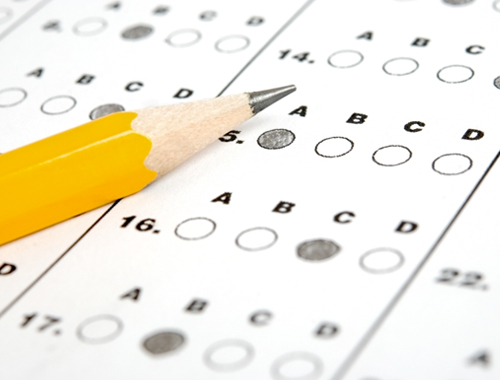Data Connections Activity
12.1 Synopsis1 of 4
Welcome
Motivation or Achievement?: A Look at Various Nations’ PISA Scores
This activity demonstrates with an interactive map how U.S. students’ PISA (Programme of International Student Assessment) scores compare to those of other nations.
Click the 'Get Started' button below to start this activity

12.2 Motivation or Achievement?: A Look at Various Nations’ PISA Scores2 of 4
PISA (Programme of International Student Assessment)
The PISA (Programme of International Student Assessment) is an international test of 15-year-olds’ abilities to apply their knowledge. One explanation for the high scores of China and low scores of the United States (see map) is motivation of the students: Experts believe that students in the United States are not strongly motivated to learn—so they don’t.
Focus on each country to see its PISA scores and ranking for Math, Reading, and Science.
12.3 Motivation or Achievement?: A Look at Various Nations’ PISA Scores3 of 4
PISA (Programme of International Student Assessment)

1. Variations in PISA Scores
12.4 Activity Completed!4 of 4
Congratulations! You have completed this activity.
REFERENCES
PISA. (2016). PISA 2015: Results in focus.. Paris, France: OECD.